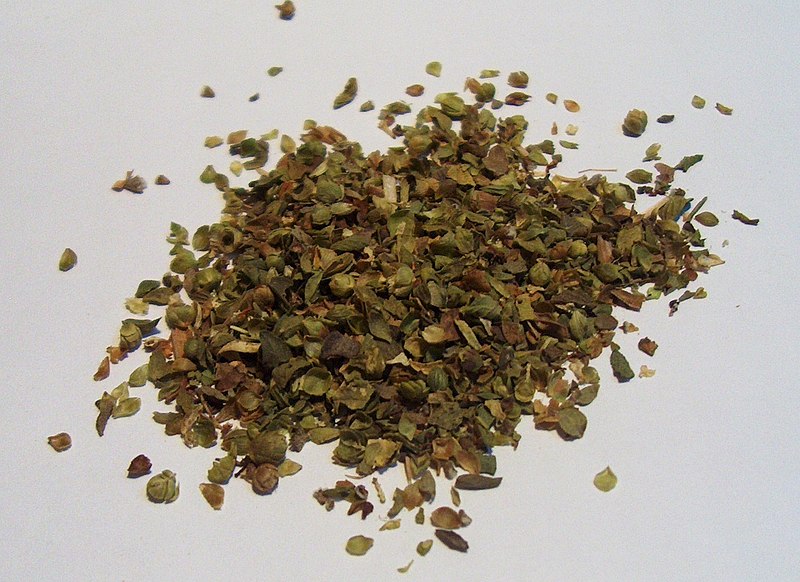Besides roasting the turkey, nothing strikes fear into the hearts of holiday cooks more than turkey's must-have companion, gravy. Too thin, too thick, not enough flavor and perhaps worst of all - lumps, are enough to make you run from the kitchen screaming.
But, if you are armed with a little gravy-making knowledge, cooking the rest of the meal is, well, all gravy.
There are a few basics: deciding how to thicken the gravy; how to incorporate the drippings, especially if you have a brined bird; and how to ramp up the flavor if you've roasted a breast instead of a whole turkey and don't have many drippings.
Gravy is a sauce made from the natural juices of cooked meat and vegetables. (Yes, gravy is a sauce, but not all sauces are gravy.)
The cooking juices and/or broth are one gravy component. The other is the starch you use to thicken it. Most gravies are thickened with flour made from grain, though other starches, such as arrowroot, can be used.
Flour-based gravy is sturdier and actually thickens as it cools. The problem is that flour - if not incorporated properly - can cause lumps.
Flour granules absorb heated liquid. The hotter the liquid, the more is absorbed until the granules burst and release starch, which causes the thickening. If the granules aren't kept separate, lumps occur when flour is added to hot liquid, and the granules in contact with the liquid swell, release starch and then clump together, trapping dry flour within.
When flour is combined with a fat (think butter, oil and turkey fat), the individual granules become coated, which keeps them separated. This gives each granule the chance to absorb the heated broth more equally, which makes smooth gravy.
The most common fat-flour combo is roux, which is a cooked mixture of equal parts fat and flour by weight. Butter and flour are most often used for white roux that is briefly cooked; when cooked a little longer, it takes on a bit of color and becomes blond.
Oil and clarified butter are good to use for brown roux, which takes on a definite nuttiness and becomes peanut butter-colored.
Dark roux -the color between milk chocolate and dark chocolate, and for some recipes almost black - takes the longest time to cook. It is made with oil and flour and used in dishes such as gumbo, where the dark roux contributes as much flavor as it does thickening. However, as roux darkens, it loses some of its thickening power; much more dark roux than lighter-colored roux is needed to thicken a dish.
When roux is cooked and stirred (the higher the heat, the more constant the stirring needs to be), some of the flour granules are burned, so they can no longer contribute starch as a thickener. This reduces the amount of liquid it can thicken.
After the roux is made, you can add it to the broth or add the broth to the roux. One caveat: The roux and the broth must be opposite temperatures - hot roux plus room temperature or cold broth or vice versa. The difference in temperatures helps temper the mixture and allows some time to evenly mix the roux and broth before the starch granules swell and burst. Sometimes, I even take the pot off the stove and whisk to get a smooth mixture before putting it back on the heat.
Just be sure that you bring the gravy back to a low boil for maximum thickness before adding any more roux. I've made the mistake of thinking too early the gravy wasn't thick enough and added roux, then ended up having to add more broth to bring the gravy to the desired consistency.
Unless you are using the gravy right away, go for thinner, looser gravy because it will thicken as it cools and even as it is kept warm. Have extra broth on hand to loosen it.
Incorporating the pan drippings - where most of the flavor lies - can be done at the beginning as long as the drippings are from an unbrined turkey. For a brined turkey, add the salty drippings as you finish the gravy and add them to taste. You won't need additional salt, probably just a little pepper.
Vegetarians and vegans can go for vegetable gravy spiked with a little Marmite, the glutamic acid- and umami-packed condiment that is made from yeast extracts. You also can make gravy from store-bought chicken or turkey broth. As with the vegetarian version, Marmite increases savoriness if you don't have drippings.
To save time and, more important, reduce stress, try making a basic do-ahead gravy the day before Thanksgiving. Then reheat it and add your drippings as the turkey rests.
With the gravy done ahead, Thanksgiving's iconic dish - turkey and gravy - should bring a smile to every cook's face.
























